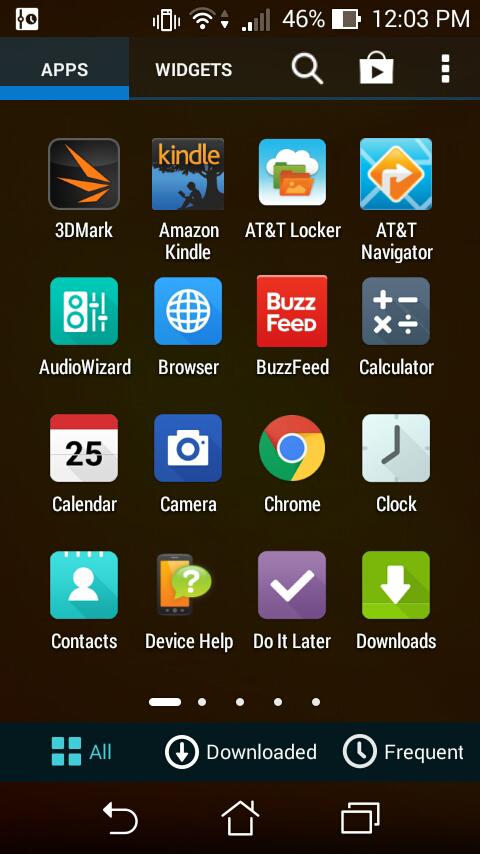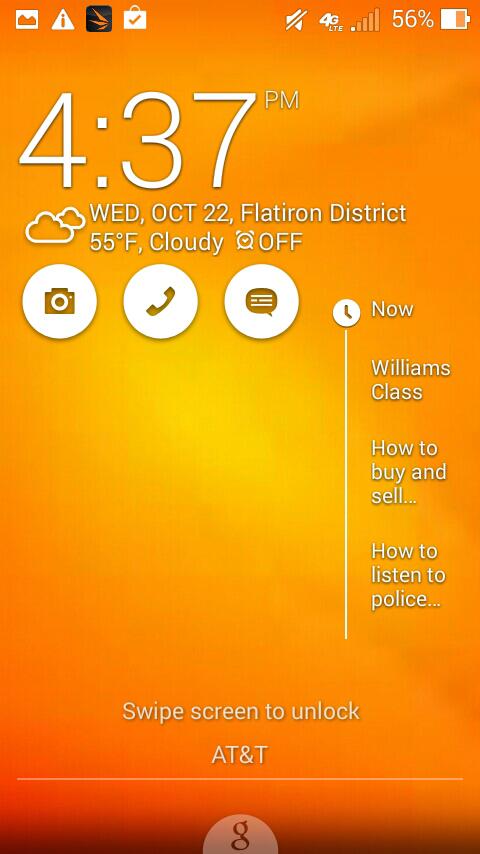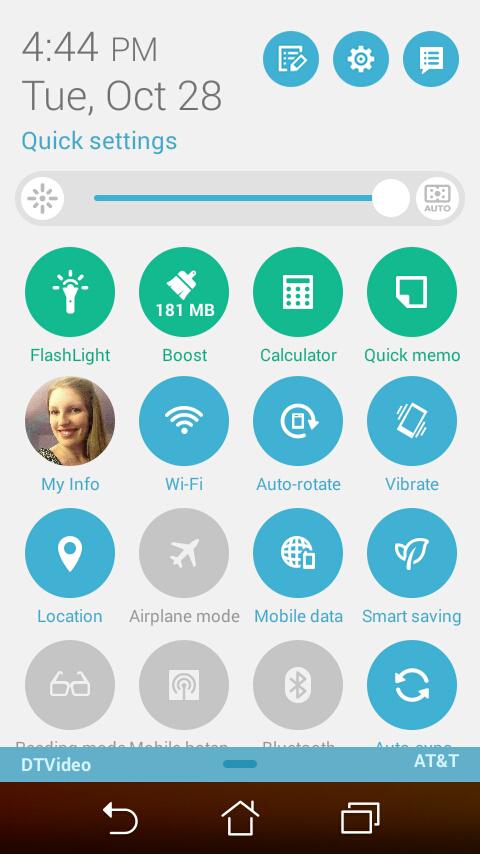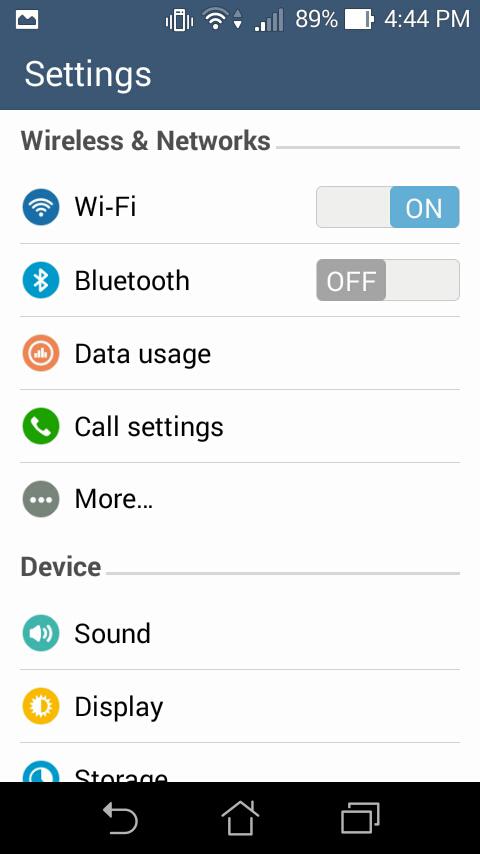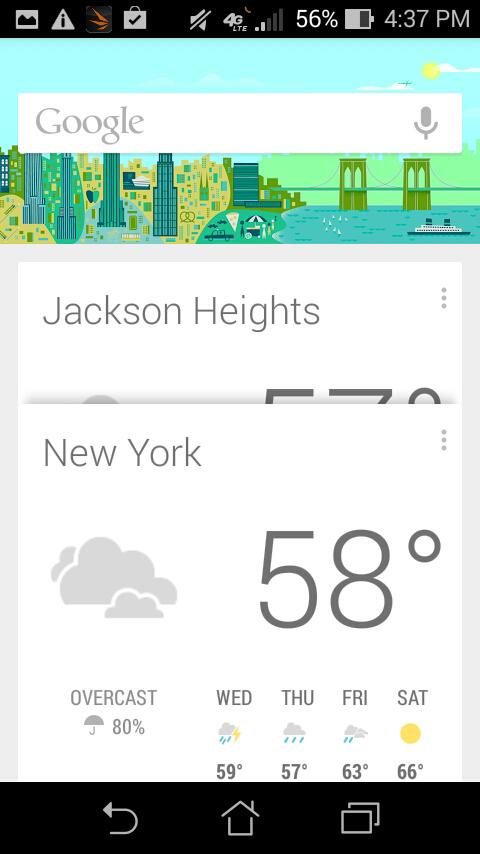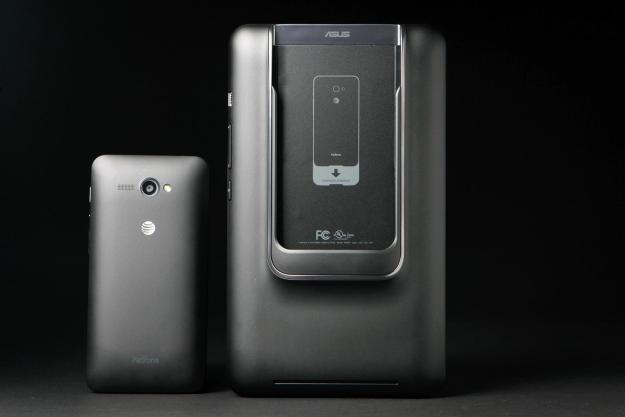
“The PadFone Mini X gives you two devices for the price of one, but unfortunately, neither device is that good.”
- Two devices for the price of one
- Small size is great for portability
- Double the battery life
- Terribly dim screen
- Bulky and heavy design
- Low-res camera
- Rough transition from phone to tablet
Asus may be known as a computer maker in the United States, but it’s also famous for designing quirky devices that combine two gadgets into one package. One of its more popular mash-ups is a phone that transforms into a tablet, called the PadFone.
Asus first introduced Americans to the idea with the PadFone X, which it launched at AT&T. Now it’s expanding the line with the PadFone X Mini, a smaller version of the phone-tablet duo. This time around, AT&T is offering the PadFone on its prepaid GoPhone plan. As such, the Mini isn’t nearly as powerful or as sharp as its bigger brother, but it’s very inexpensive, especially considering that you get two devices for the price of one. Even so, is it worth it? Read on to find out.
Updated on 11-04-2014 by Malarie Gokey: Added info to the conclusion about the advantages of the PadFone X Mini’s availability to AT&T prepaid GoPhone customers.
Bland design and heavy build
The PadFone X Mini looks a lot like the larger PadFone X – it has the same slightly rubbery matte-black plastic back, which offers good grip, but looks a bit plain overall. The main difference between the Mini and its bigger, slimmer brother is that it still has all its baby fat. The phone part of the combo has a round, curved back that reminds me of the iPhone 3GS. It’s about as thick, and feels oddly heavy compared to most plastic phones of its size.
The phone alone is nicer to hold, and its relatively small size makes it incredibly manageable.
The phone portion weighs 5.25 ounces, making it heavier than the iPhone 6, even though Apple’s phone is both slightly larger and made of metal. When you add the 8.81-ounce tablet dock to that equation, the Mini X feels far heavier than any other tablet you’ll hold – especially when you consider that it’s a 7-inch tablet. Holding it one-handed for extended amounts of time is out of the question, and reading gets uncomfortable fast.
Despite its weight, the phone is nice to hold on its own, and its relatively small size makes it incredibly manageable. After using a bunch of 5-inch-plus phablets, the PadFone X Mini felt comfortable in my small hands. Unfortunately, its 4.5-inch IPS screen features a measly 854 x 480 pixel resolution and looks dim and fuzzy – even with the brightness turned all the way up. The 7-inch tablet portion’s screen isn’t much better, coming in at 1,280 x 800 pixels.
Transitions aren’t always easy
As with all of Asus’ PadFones, all the power is packed into the phone portion. To use the tablet, you simply slide the phone into the dock. Asus’ dynamic display feature is supposed to transition whatever you had on the phone screen over to the tablet. Unfortunately, that seldom happens as smoothly or effortlessly as Asus would have you believe.
Most apps don’t support the feature, so they simply crash when you plug in the tablet, then reopen on the larger screen. The sheer number of apps that don’t work with this feature is astonishing – not even YouTube offers dynamic display support. I streamed a video on YouTube and planned to switch from the phone’s small screen to the tablet for better viewing, but the app promptly crashed and I was forced to reopen YouTube, find the video all over again and hit play. Asus told me that Google doesn’t support dynamic display yet.
Most of the built-in apps like Mail, Messages, and Calendar do work with dynamic display, but I noticed a delay of about 3 to 5 seconds every time I docked the tablet. The screen also stuttered during the transition. A few seconds may not sound like much, but the lag gets annoying fast. After transitioning, the interface runs much more smoothly. It’s nice to look at important emails, photos, or videos on the tablet’s larger screen.
As far as user interface goes, Asus put its own Zen UI on top of Android 4.4 KitKat, but luckily, it’s not overbearing like some skins. The Zen UI is subtle and only really noticeable in the notifications shade, which has quick-access buttons to your most-used settings (and the settings menu) added at the top, along with the date and time.
Mid-range specs
The PadFone X Mini is powered by a 1.6GHz Intel Atom Z2560 dual-core processor and 1GB of RAM. It’s not the fastest phone I’ve ever used, but it’s not terribly slow either. Sometimes you’ll encounter a slight delay when opening apps or loading search results from Google, but that’s to be expected from a device in this price range. YouTube videos loaded quickly and without buffering, but look dim and fuzzy on the low-res screen.
The sheer number of apps that don’t work with this feature is astonishing – not even YouTube offers dynamic display support.
Benchmark tests place the Mini in the mid-to-low end of the smartphone market. The PadFone X Mini managed just 9,414 points in the Quadrant test and 5,907 on the 3D Mark Ice Storm Unlimited test. Sharps’ Aquos Crystal performed slightly worse with a score of 4,698 on the Ice Storm Unlimited test. The Mini also beat out the HTC One Remix, which managed 4,693 points on that test. Despite edging them out in benchmarks, the PadFone X Mini still felt more sluggish than either of those devices.
Asus packed just 8GB of storage into the smaller PadFone, but like most Android devices, it comes with a MicroSD card slot, so you can expand the storage up to 64GB. Of course, that amount of storage has to suffice for both the phone and the tablet.
Camera
The PadFone X Mini’s cameras are just about as weak as its screen. The phone sports a 5-megapixel back camera and a 2-megapixel front-facing camera. The tablet has a 1-megapixel front-facing camera for brief video calls.
The camera took decent close up shots, but performed poorly in almost any lighting conditions. On a sunny day, it bleached out colors in photos. When it was cloudy, the camera took fuzzy shots with indecipherable details. Overall, it’s not a camera that you’d want to use on a family vacation and it certainly can’t replace your point and shoot camera.
Battery
One of the best things about Asus’ PadFones is that you get two batteries for essentially one device: a large 2,060mAh battery in the phone and another 2,200mAh pack in the tablet.
With two batteries, the PadFone X Mini easily made it through almost two days on one charge.
Whenever the phone runs out of juice, you can pop it into the tablet to charge it up. Since the phone’s data is automatically mirrored on the tablet’s larger screen, you can even continue reading, browsing the Web, or answering email on the tablet while it charges.
It’s an excellent idea and it really boosts the battery life significantly. I rarely had to charge the phone, and when I did, I just slid it into the tablet dock to juice up both batteries at the same time. With two batteries, the PadFone X Mini easily made it through almost two days on one charge.
Conclusion
The PadFone Mini X is a budget device aimed at AT&T’s GoPhone customers. The good thing about it is that you get two devices for the price of one. Unfortunately, neither device is that good. Both the phone and tablet are average at best, in terms of performance and design. The dim, low-quality screens are a huge disappointment, and the transition from phone to tablet just isn’t smooth enough.
If the Mini had the same great specs as the larger PadFone, it’d be an entirely different story. The Mini’s smaller size is more attractive than the larger version, even though it’s not as slim. Those who really just want a good, cheap phone and couldn’t care less about a tablet won’t be tempted by the PadFone X Mini.
Still, it’s a decent option for those who are looking for a pre-paid phone and would like the bonus of a tablet. It’s a rare thing to get both a tablet and a phone for just $200, especially when the two devices can share the same data plan.
Highs
- Two devices for the price of one
- Small size is great for portability
- Double the battery life
Lows
- Terribly dim screen
- Bulky and heavy design
- Low-res camera
- Rough transition from phone to tablet
Editors' Recommendations
- Best iPad deals: Save on iPad Air, iPad Pro, iPad Mini for the New Year
- iPad Mini 6 experiencing charging issue after being updated to iPadOS 15.5
- The new iPad Mini may get a 120Hz ProMotion display
- Apple iPad (2021) vs. iPad Mini (2021): To Mini or not?
- The best iPad Mini 6 screen protectors
